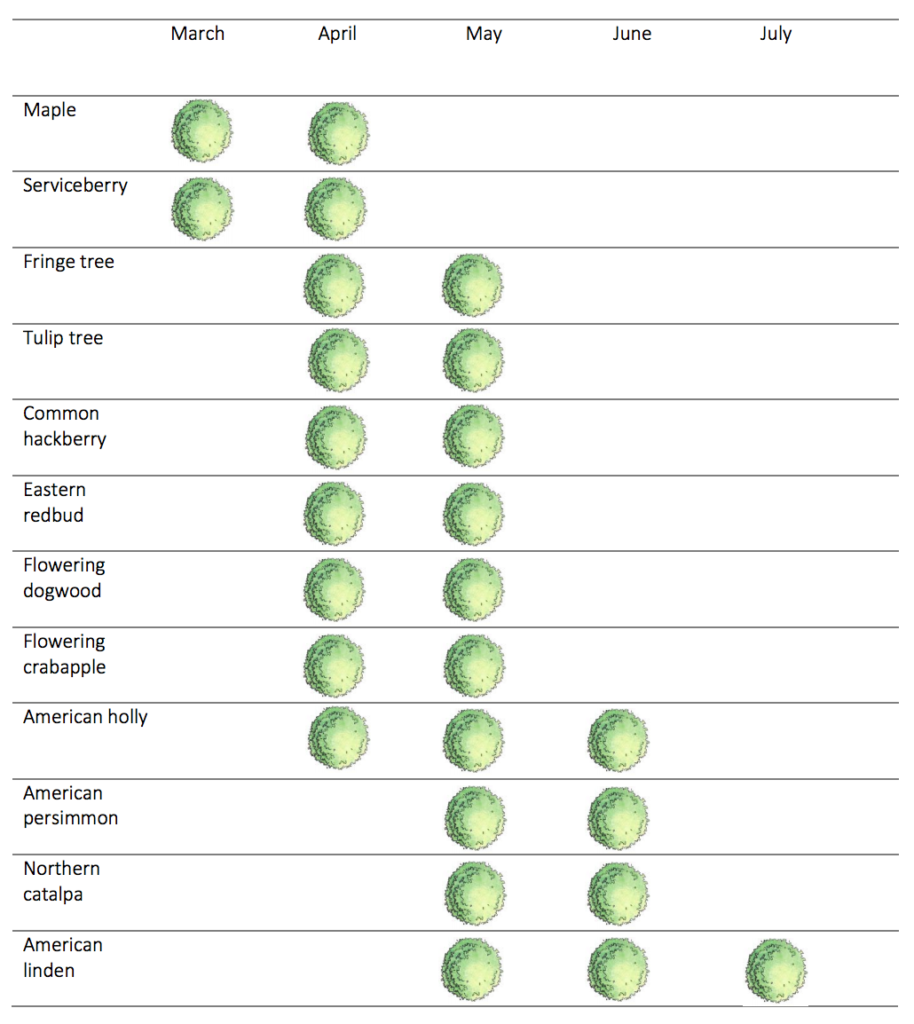November 15, 2016
Natasha Garcia-Andersen
Fisheries and Wildlife Division
Department of Energy and Environment
1200 First Street NE
Washington, D.C. 20002
RE: Casey Trees’ Recommendations for the District’s Pollinator Protection Plan (P3)
Dear Ms. Garcia-Andersen:
Casey Trees was founded with a mission “to restore, enhance, and protect the tree canopy of the nation’s capital.” Charged with this duty, we actively plant trees, monitor the city’s tree canopy, and work with decision makers to prioritize D.C.’s trees. We are dedicated to helping the District reach its 40% tree canopy goal by 2032, which will significantly improve habitat for pollinators and Species of Greatest Conservation Need (SGCN) across the District. Therefore, we appreciate the opportunity to provide recommendations for the District of Columbia’s Pollinator Protection Plan (P3).
We support the District Department of Energy and Environment’s (DOEE) creation of P3 in response to President Obama’s National Strategy to Promote the Health of Honey Bees and Other Pollinators to address the continued decline of pollinator species. Bees and other pollinators rely on floral diversity. Trees, in particular, provide food for pollinator larvae and adults in the early spring when other food sources are scarce (Figure 1). A diverse palette of flowering trees will support a range of pollinators and increase the resilience of our ecosystems and communities. Casey Trees has compiled a list of urbanhearty native and naturalized trees known to support pollinators (Table 1). We suggest incorporating this table and the following recommendations into the final P3:
1. Take advantage of existing District initiatives and partnerships to improve pollinator habitat.
- RiverSmart Homes: Many of the tree species available through DOEE’s RiverSmart Homes program support pollinators (see Table 1). Identify which tree species support pollinators in outreach materials and consultations with homeowners.
- Ensure public tree planting efforts support pollinators. The District Department of Transportation’s Urban Forestry Administration (UFA) is authorized to plant trees along DC streets, in District schools, and in local parks. Review Table 1 to identify trees that support pollinators that are also appropriate for these areas. Identify opportunities to expand the diversity of tree species planted by UFA to create pollinator corridors throughout our city. Local parks offer a unique opportunity to expand tree canopy and habitat (see pages 4-6 of Casey Trees’ Tree Report Card 2015).
2. Initiate a mapping effort to visualize pollinator habitat in Washington, DC. We recommend monitoring progress with P3 through a regularly updated, publically accessible map. Show existing pollinator habitat and identify areas for improvement.
3. Dedicate a section of P3 to resources for interested residents. Compile a list of opportunities for community members to learn about pollinators, pollinator habitat, and conservation efforts. Include Casey Trees; suite of continuing education classes and volunteer opportunities in this list.
Thank you for the opportunity to comment. We would be happy to clarify any of the above recommendations or provide additional information for P3. If you have any questions, please feel free to contact us at ktaddei@caseytrees.org or lbassett@caseytrees.org
Sincerely,
Kristin Taddei
Planning Associate
Laura Bassett
Community Education Coordinator
cc: Mary Begin, DOEE Pesticide Branch
